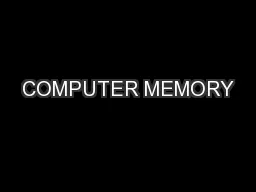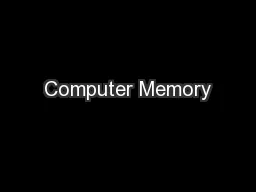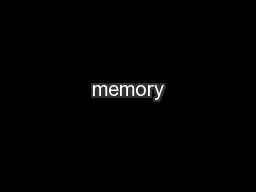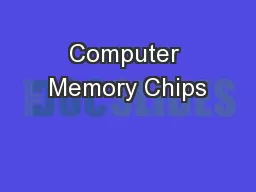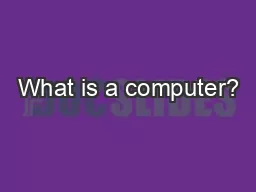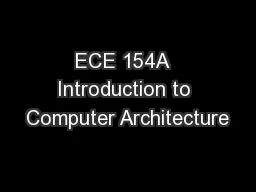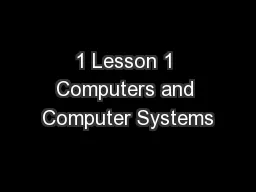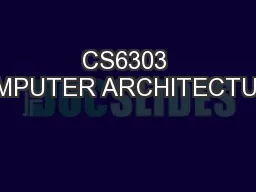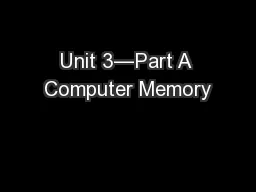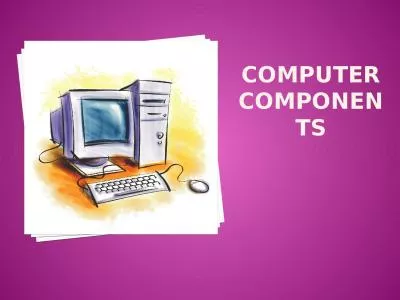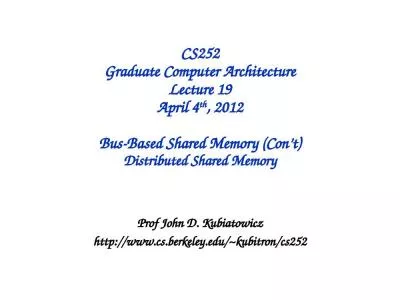PPT-COMPUTER MEMORY
Author : cheryl-pisano | Published Date : 2015-10-06
Chidambaranathan CM SRM UniversityHaryana Memory As the word implies memory means the place where we have to store any thing this is very essential part of human
Presentation Embed Code
Download Presentation
Download Presentation The PPT/PDF document "COMPUTER MEMORY" is the property of its rightful owner. Permission is granted to download and print the materials on this website for personal, non-commercial use only, and to display it on your personal computer provided you do not modify the materials and that you retain all copyright notices contained in the materials. By downloading content from our website, you accept the terms of this agreement.
COMPUTER MEMORY: Transcript
Download Rules Of Document
"COMPUTER MEMORY"The content belongs to its owner. You may download and print it for personal use, without modification, and keep all copyright notices. By downloading, you agree to these terms.
Related Documents

